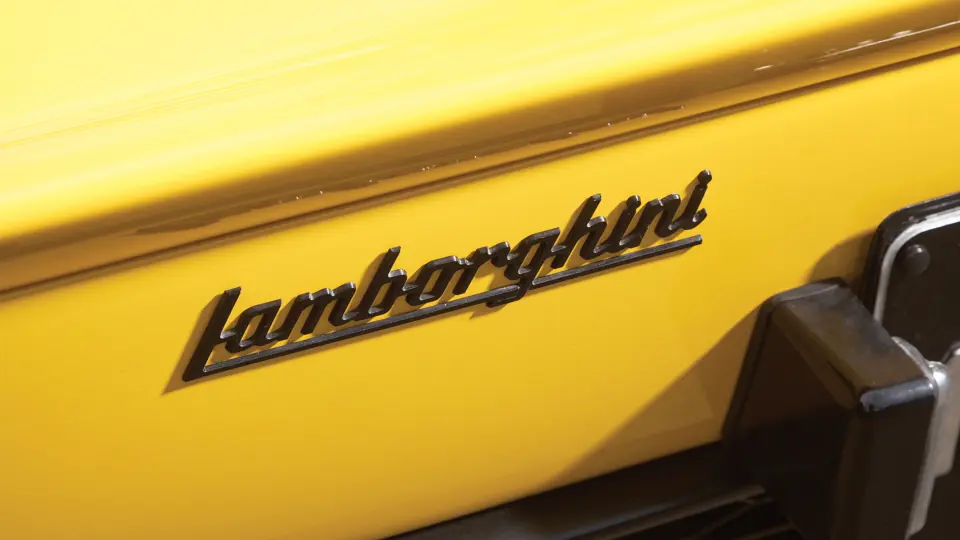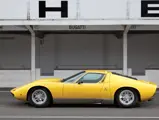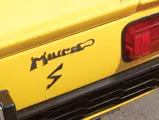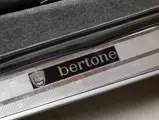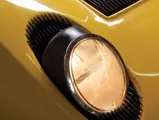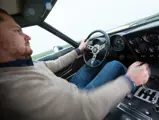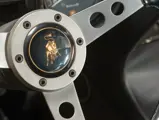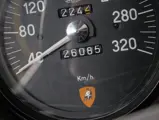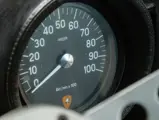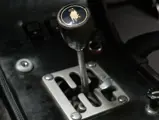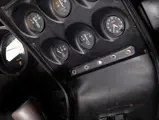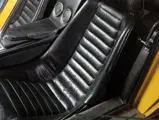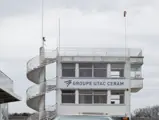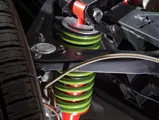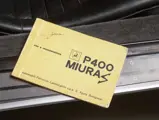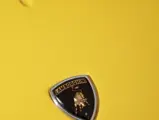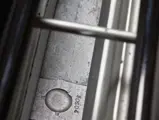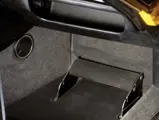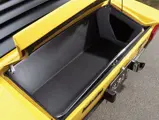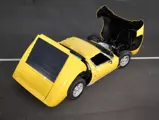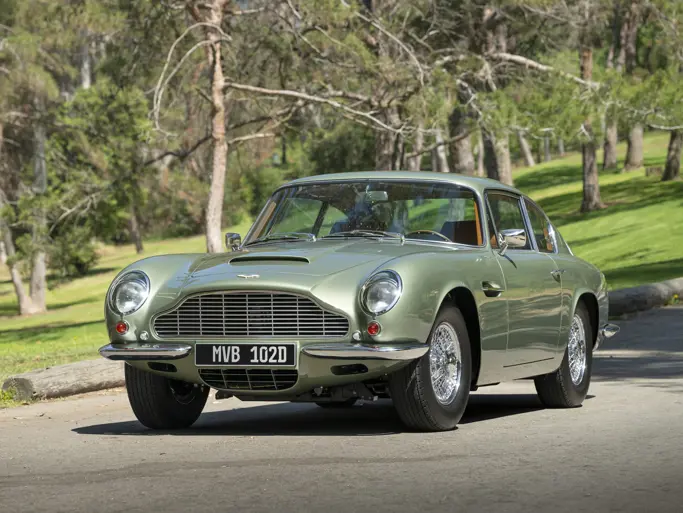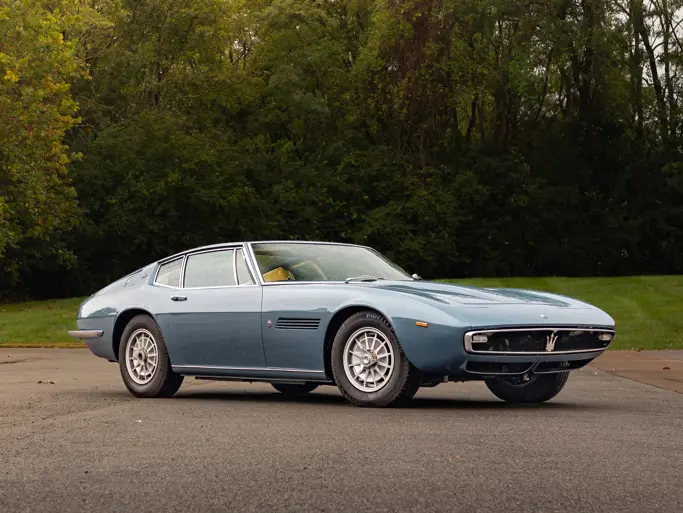
1971 Lamborghini Miura P400 S by Bertone
{{lr.item.text}}
€1,019,200 EUR | Sold
{{bidding.lot.reserveStatusFormatted}}
- One of the final examples of the Miura P400 S produced
- The latest evolution of the Miura P400 S; fitted with numerous updates, including desirable ventilated disc brakes and a reinforced chassis
- Only 30,000 kilometres from new
- Fully matching numbers
- Recently refurbished and ready for the road
- Uno degli ultimi esemplari di Miura P400 S prodotti
- L’ultima evoluzione della Miura P400 S; dotata delle numerose migliorie, come i freni a disco autoventilanti ed il telaio irrigidito
- Soli 30.000 km percorsi da nuova
- Matching numbers in ogni suo particolare
- Recentemente revisionata pronta per essere guidata
370 bhp, 3,929 cc DOHC transverse mid-mounted alloy V-12 engine with four Weber 40 IDL 3C carburettors, five-speed manual transmission, independent front and rear suspension with A-arms, coil springs, tubular shock absorbers, and anti-roll bars, and four-wheel hydraulic ventilated disc brakes. Wheelbase: 98.4 in.
370 cv, 3.929 cc, motore V-12 in alluminio, con doppio albero a camme in testa, montato in posizione centrale-trasversale con 4 carburatori Weber 40 IDL 3C, cambio a 5 rapporti, sospensioni a ruote indipendenti, con bracci triangolari, ammortizzatori idraulici e molle elicoidali, barra antirollio, 4 freni a disco auto ventilanti con comando idraulico. Passo: 2.500 mm
To many, the introduction of the Lamborghini Miura heralded the birth of the “supercar” as we know it. Prior to its introduction in 1966, there were of course many cars that offered incredible levels of performance and exclusivity to the privileged few, but there were none like the Miura. It offered a thrilling combination of not only performance and tremendous speed but also design and technical innovation that were meant to shock and awe, as well as a price tag to match.
Its Bertone bodywork was penned by Marcello Gandini, and the development team included two brilliant engineers that were privileged enough to work on the Miura at the start of their long careers, Gian Paolo Dallara and Paolo Stanzani. Additionally, the Miura’s chassis was carefully tuned to provide excellent handling and control the Miura’s horsepower, which came at the hands of Bob Wallace, whose name would become inextricably linked with the brand from Sant’Agata Bolognese. Its mid-engined layout revolutionised the industry, and whilst the Miura was the only performance car of its kind in production, other manufacturers, including Ferrari, would quickly follow suit to remain competitive against this talented upstart.
Nineteen sixty-eight heralded the introduction of an updated Miura: the P400 S. This model retained the same gorgeous Bertone design penned by Marcello Gandini and featured the ongoing updates that were applied over the course of the production run of the original Miura P400.
Visually, what differentiated the P400 S from the P400 were bare-metal headlight bezels and its chrome-plated exterior window trim, as well as the addition of an “S” badge to the rear. Inside, the P400 S benefitted from higher-quality interior trim throughout and a revised instrument layout with power windows. Adding to interior comfort was air conditioning, which was made available in later models. Similarly subtle changes followed for the drivetrain, which resulted in 20 more horsepower being coaxed from the Miura’s 4.0-litre V-12, bringing total output to 370 horsepower. This was possible thanks to the installation of higher-lift camshafts with revised timing and the utilisation of four Weber 40IDL-3L carburettors. Additionally, the Miura’s splined driveshaft system was replaced with constant velocity joints. For the suspension, the Armstrong shocks were replaced by Koni shock absorbers.
Just like its predecessor, the P400 S’ performance was astounding. Road & Track tested a new P400 S Miura for their April 1970 issue and clocked a 5.5-second 0–60 mph time, as well as a top speed of 168 mph, whilst a later test by Autocar magazine that August cited a top speed of 172 mph.
The Miura presented here, bearing chassis number 4827, was one of the last fifteen examples of its kind produced, with a factory completion date of 28 December 1970. This is one of the final examples of its kind, as it has benefitted from numerous upgrades that were incorporated into the P400 S production run, such as a reinforced chassis and ventilated disc brakes, which replaced the solid disc brakes, as they had a tendency to fade under spirited driving. Following its completion, it was delivered to its first Belgium owner, through dealer Socaria, on 11 January 1971. In 1980, it was purchased by another enthusiast in Belgium, who retained the car for the following 22 years. At that time, the car was offered for sale in France, where it was finished in its current colour combination of yellow over black and was showing just 24,611 kilometres on its odometer from new.
When the car was purchased by an Italian enthusiast in 2004, it was well-preserved and had been rarely used. Its current owner purchased the car through RM Sotheby’s in 2012, and under his custody, it has been maintained in exemplary condition. During his ownership, it received another coat of yellow paint and its original Nero leather interior had been refreshed. At the time of refreshing, all the body panel numbers were confirmed as matching and original to chassis 4827. Mechanically, the carburettors, brakes, and suspension have all been refurbished to ensure that they are functioning properly. Additionally, the car comes with its very rare original Miura S owner’s manual.
Within the history of sports cars, it can be argued that there are few vehicles more significant than the Lamborghini Miura. The Miura set the industry standard for years to come for both performance and design, and it single-handedly started the supercar industry, which it continues to reign over today as the king of all performance cars. Equally impressive is the fact that throughout its seven-year lifespan, Lamborghini was able to constantly improve the car over time so that it would remain competitive in the marketplace. The Miura offered here is a wonderful example of a late-production P400 S that has benefitted from several key updates over the first examples to leave the factory. As such, this would be a wonderful acquisition for the collector looking to enjoy their Miura at speed, just as Ferruccio Lamborghini would have intended.
Per molti la presentazione della Lamborghini Miura coincide con la nascita del termine “supercar” così come ancora oggi viene inteso. Prima del suo arrivo sul mercato nel 1966, c’erano state numerose auto che offrivano un incredibile livello di prestazioni ed esclusività ai pochi fortunati proprietari, ma, nessuna, è stata come la Miura. La Miura univa un’eccitante combinazione fatta non solo di prestazioni ed altissima velocità massima, ma anche design ed innovazione tecnica pensati per stupire ed incutere soggezione ad un prezzo di acquisto di conseguenza.
Il suo design porta la firma di Marcello Gandini, ed il suo sviluppo è stato curato, tra gli altri, da due brillanti giovani ingegneri, così privilegiati da trovarsi a lavorare sulla Miura all’inizio della loro carriera: Gian Paolo Dallara e Paolo Stanzani. In aggiunta a questo, lo sviluppo del telaio della Miura fin da subito pensato per offrire un ottimo comportamento stradale e maneggevolezza malgrado la potenza del motore installato, è stato affidato alle mani di Bob Wallace, il cui nome diventerà poi sinonimo stesso della casa di Sant’Agata Bolognese. La posizione del motore e cambio, in posizione trasversale, centrale posteriore, rivoluzionerà il settore, e, se al momento del lancio la Miura era la sola GT ad utilizzare questa configurazione meccanica, ben presto tanti altri costruttori, tra cui la Ferrari, dovranno rapidamente adeguarsi per rimanere competitivi nei confronti della giovane e quasi debuttante Lamborghini, da poco arrivata sul mercato.
Il 1968 ha visto l’introduzione di una nuova, migliorata, Miura: la P400 S. Questa versione, che manteneva invariata la strepitosa linea di Bertone, disegnata da Marcello Gandini, raggruppava tutte le migliorie che erano state man mano applicate nel corso della produzione alla P400 e ne aggiungeva di nuove.
Visivamente cosa differenziava la nuova P400 S dalla precedente P400 si riduceva alle cornici dei fari anteriori ed alle cornici esterne dei finestrini cromate, oltre all’aggiunta della “S” al badge montato sulla coda. All’interno la P400 S godeva di una migliore qualità dei rivestimenti, una disposizione diversa dei pulsanti di comando ed era dotata dei vetri elettrici. Ad ulteriore miglioramento del confort, sugli ultimi esemplari, l’aria condizionata era disponibile a richiesta. Allo stesso modo, alcune migliorie avevano riguardato la meccanica, con altri 20 cv estratti dal già potente 4.0 litri V-12, per un nuovo totale di 370 cavalli, grazie all’utilizzo di alberi a camme più spinti, una fasatura rivista, e l’utilizzo di 4 carburatori Weber 40IDL-3L. In aggiunta a questo, la Miura S ha beneficiato anche della modifica dei semiassi, con giunti omocinetici e, per quanto riguarda le sospensioni, gli ammortizzatori Armstrong hanno lasciato il posto a quelli Koni.
Come la sua progenitrice, la P400 S aveva delle prestazioni stupefacenti. La rivista Road & Track, durante la prova di una P400 S per il numero di Aprile 1970, ha registrato 5,5 secondi per lo 0-100 km/h, con una velocità massima di 269 km/h, mentre un test successivo realizzato dalla rivista Autocar per il numero di Agosto 1970 ha registrato la velocità massima di 275 km/h.
La Miura di queste pagine, numero di telaio 4827, è una delle ultime quindici prodotte della sua serie, completata il 28 Dicembre del 1970. Questa è quindi una delle ultime “S” prodotte , ed ha potuto beneficiare di tutte le numerose migliorie che hanno caratterizzato la serie nel corso del periodo di costruzione, tra cui il telaio irrigidito ed i freni a disco autoventilanti al posto di quelli pieni che tendevano a surriscaldarsi se sollecitati con troppa veemenza. Appena deliberata è stata consegnata in Belgio, attraverso la concessionaria Socaria, al suo primo proprietario, in data 11 Gennaio 1971. Nel 1980 ha cambiato proprietà, rimanendo sempre in Belgio, finendo presso un appassionato che l’ha tenuta per i successivi 22 anni. Nel 2002 è stata messa in vendita in Francia, riverniciata nell’attuale combinazione cromatica di Giallo con interno nero, con soli 24.611 chilometri all’attivo.
Al momento dell’acquisto da parte di un appassionato italiano nel 2004, la macchina si presentava ben conservata e poco sfruttata. Il proprietario attuale ha acquistato la vettura attraverso RM Sotheby’s nel 2012, e, sotto la sua custodia, è stata mantenuta in perfette condizioni. Proprio durante la sua proprietà la macchina ha ricevuto una velatura del precedente colore Giallo, mentre l’originale interno in pelle nera è stato rinfrescato. Al momento dei lavori, tutti i pannelli e le componenti principali della vettura sono stati confermati essere quelli originali, assegnati al telaio 4827. Meccanicamente tutti i particolari dei carburatori, dei freni e delle sospensioni sono state revisionati per garantire il perfetto funzionamento. In aggiunta, la macchina è ancora dotata del rarissimo ed originale libretto uso e manutenzione dedicato alla Miura S.
Nella storia delle vetture sportive, è difficile non concordare sul fatto che la Miura sia stata una delle vetture più importanti mai prodotte. La Miura ha stabilito i nuovi parametri con cui tutti i produttori si sono dovuti confrontare per parecchi anni successivi, sia in termini di prestazioni sia di design, e la sua unicità ha fatto nascere la parola supercar, per quella nicchia di mercato che ancora oggi regna sovrana come simbolo di eccellenza di tutte le vetture sportive ad alte prestazioni. Allo stesso modo rimane impressionante pensare che per tutti i 7 anni della durata della sua produzione industriale, Lamborghini sia sempre riuscito a migliorare la macchina ed a permetterle, così, di rimanere competitiva sul mercato. La Miura qui proposta è un magnifico esemplare di tarda P400 S, che beneficia di importanti migliorie rispetto ai primi esemplari che hanno lasciato la stessa linea di produzione e, in quanto tale, sarebbe una magnifica aggiunta per il collezionista alla ricerca di una Miura di guidare e da godersi alla velocità che Ferruccio Lamborghini in persona aveva ipotizzato per la sua creatura.

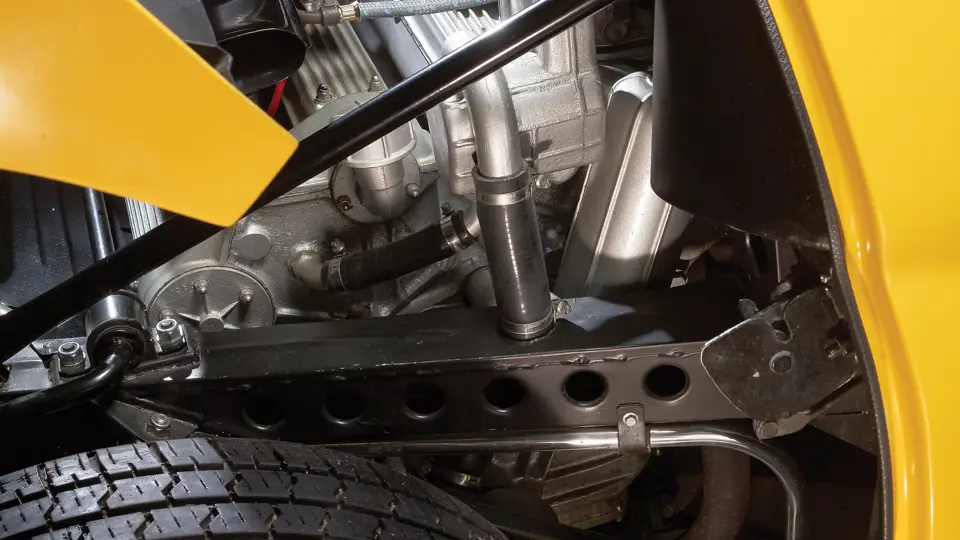


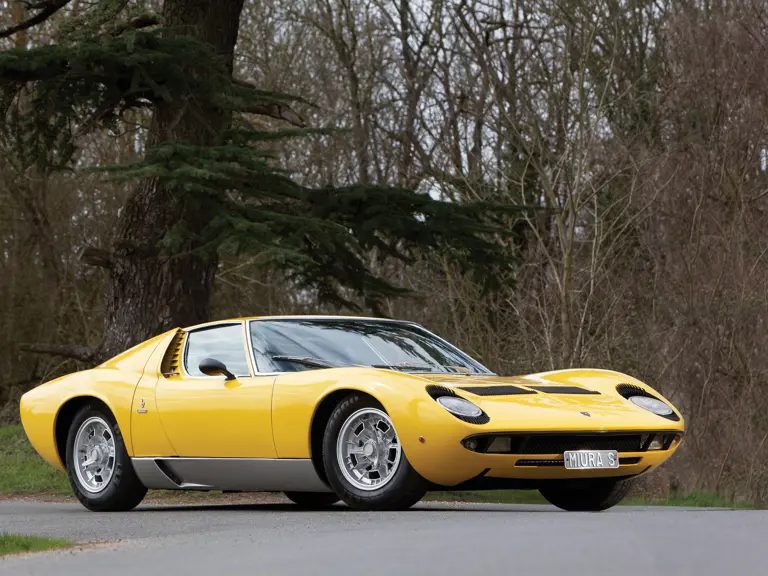

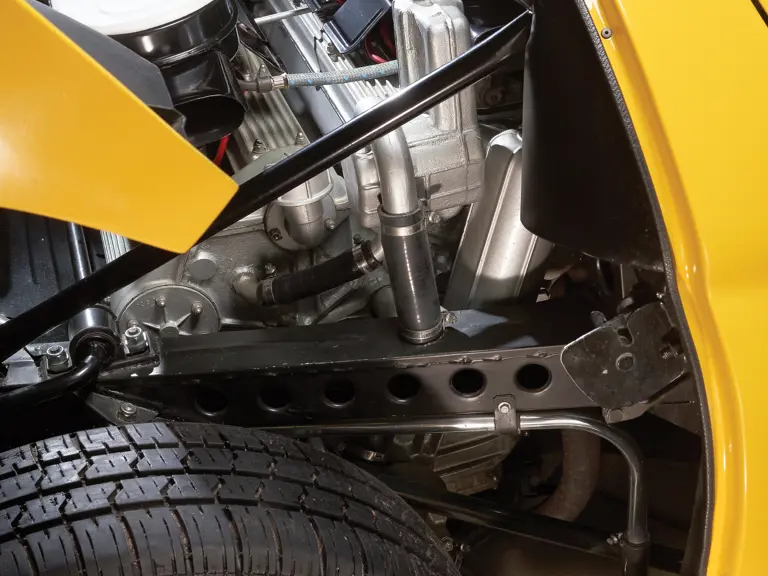
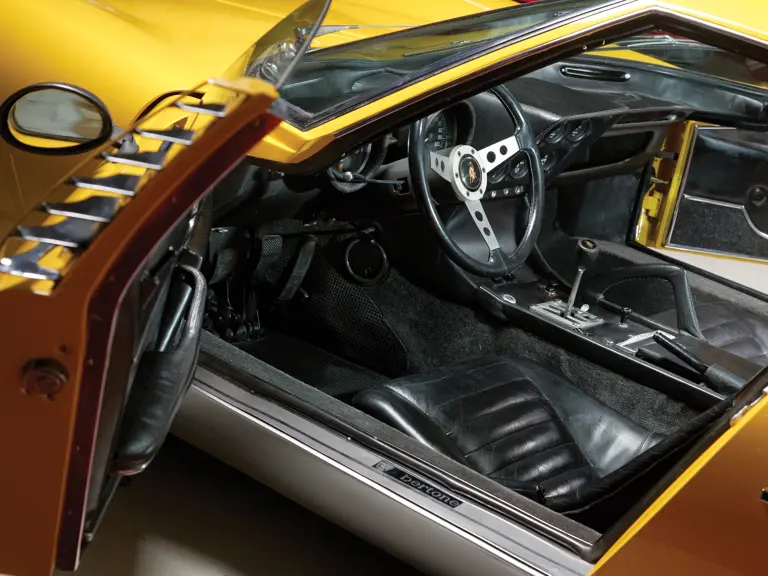

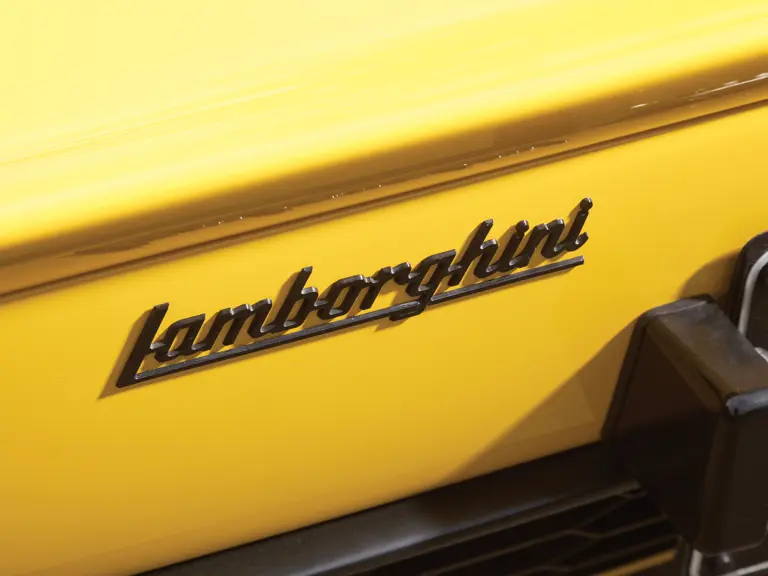
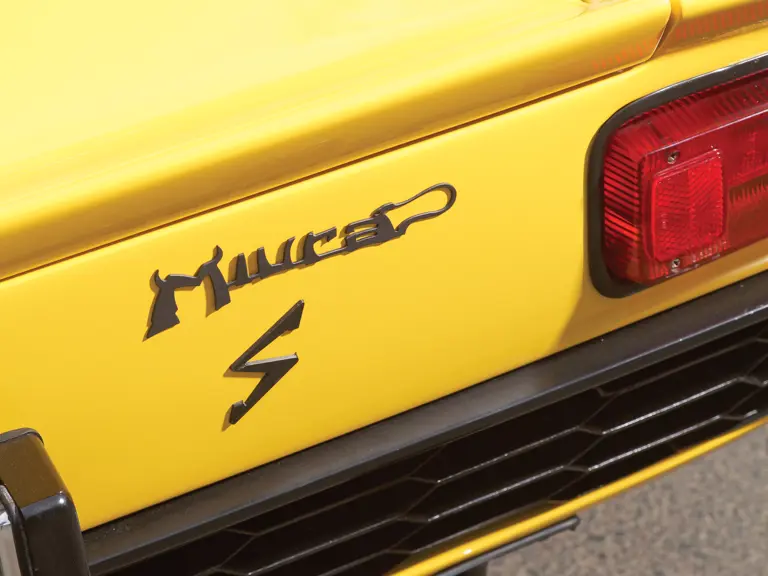

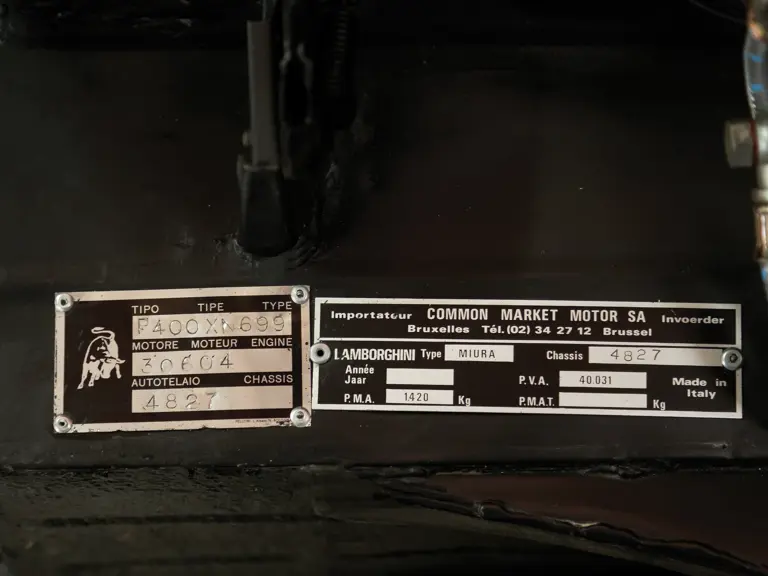

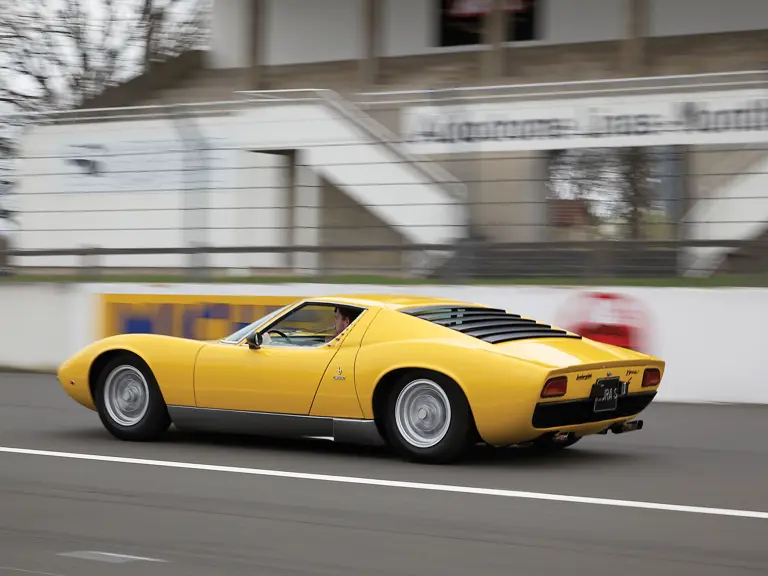
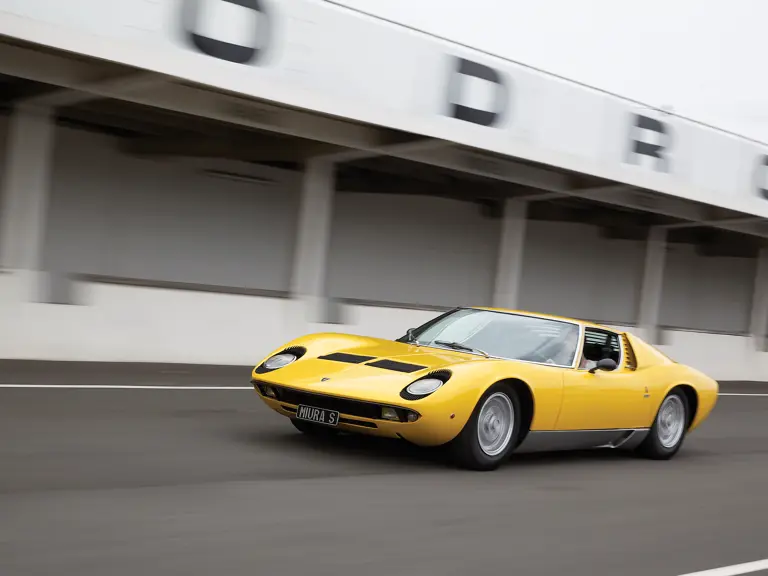


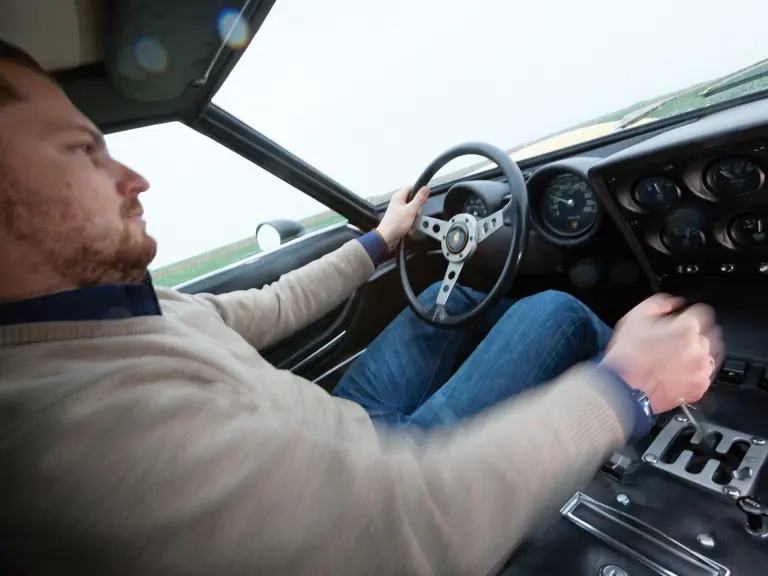
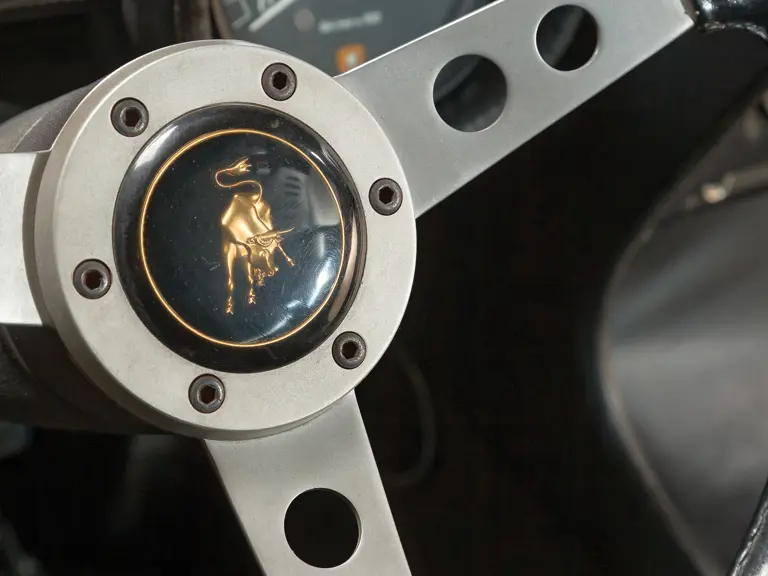
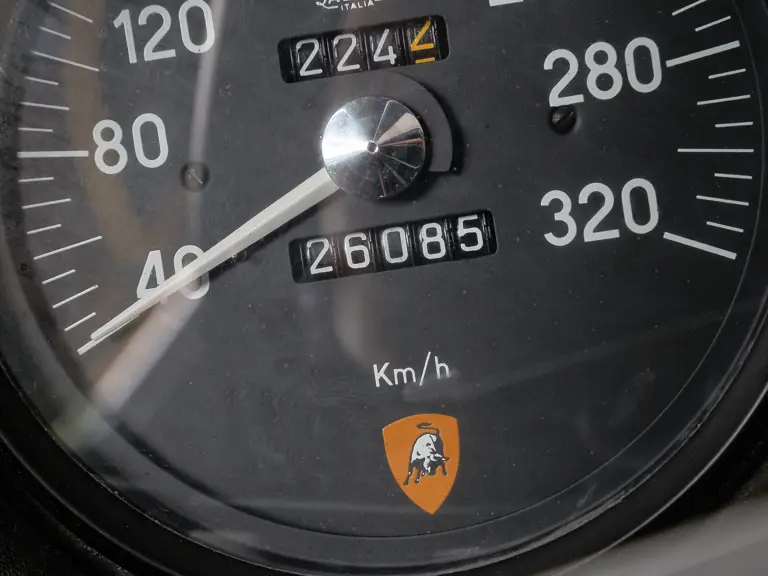

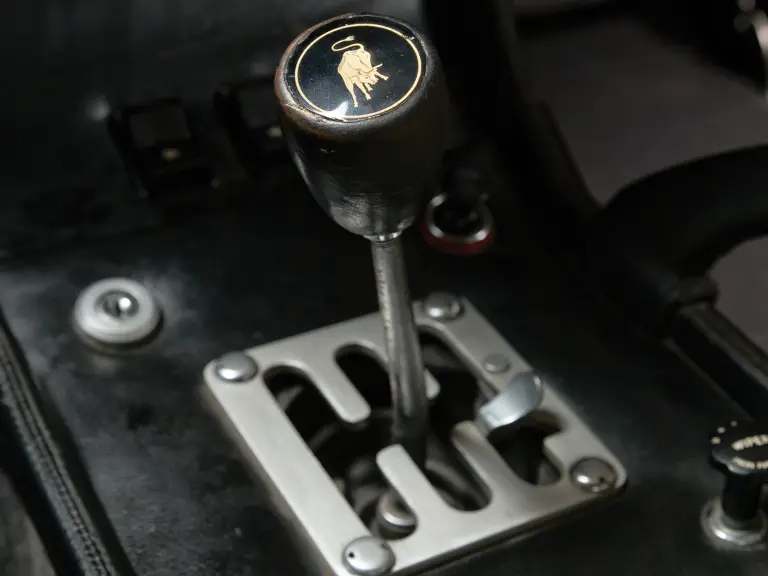
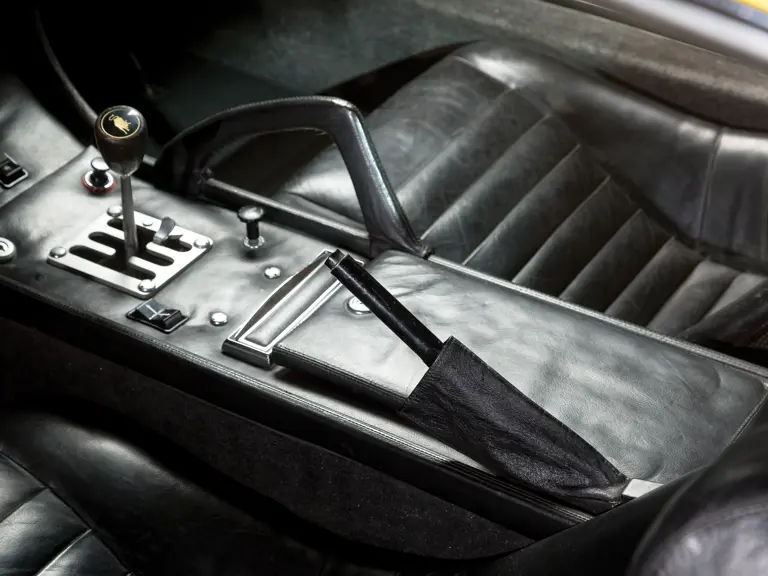
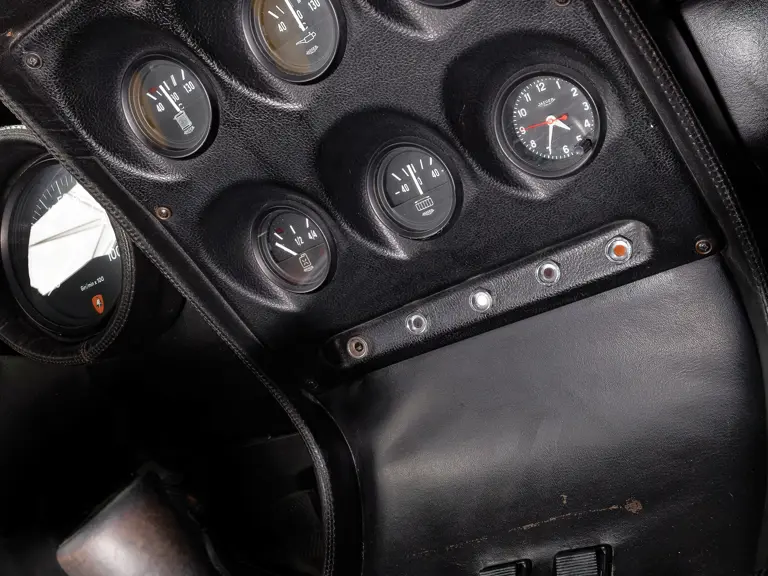
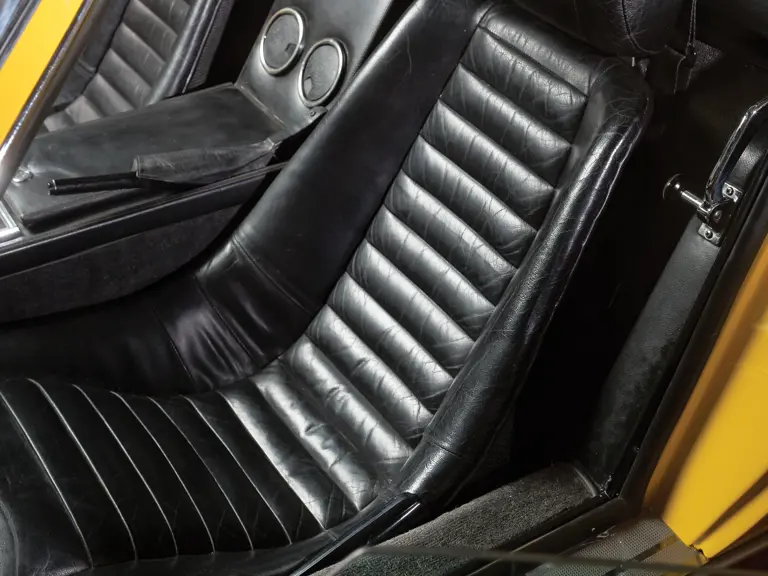
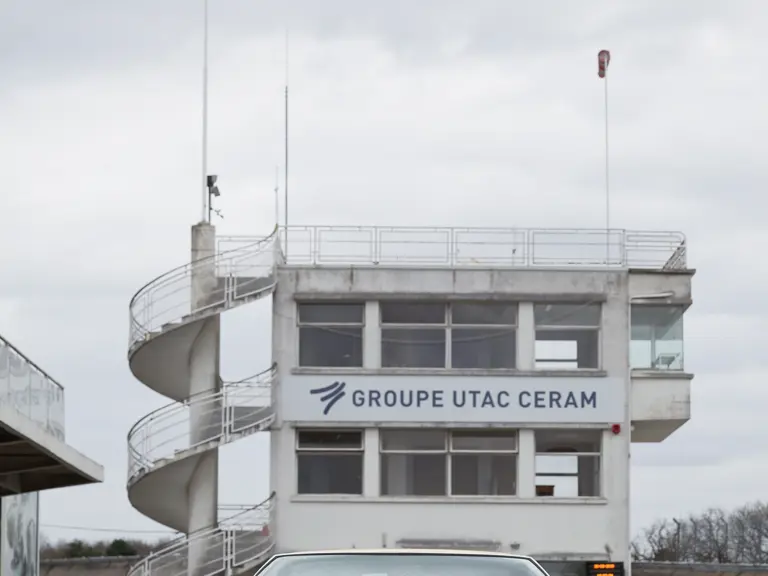

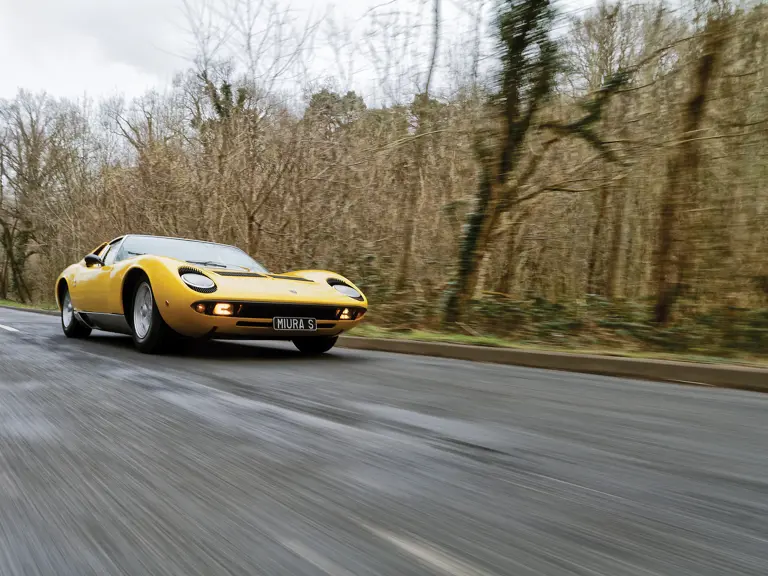

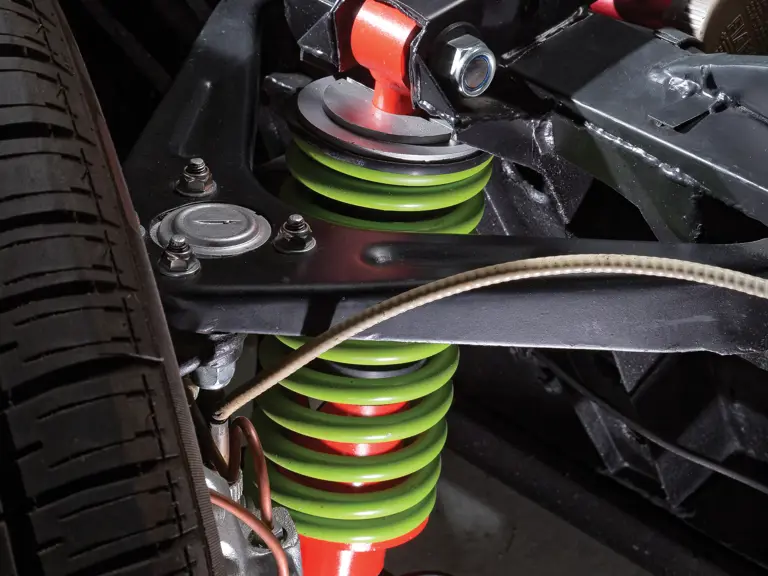
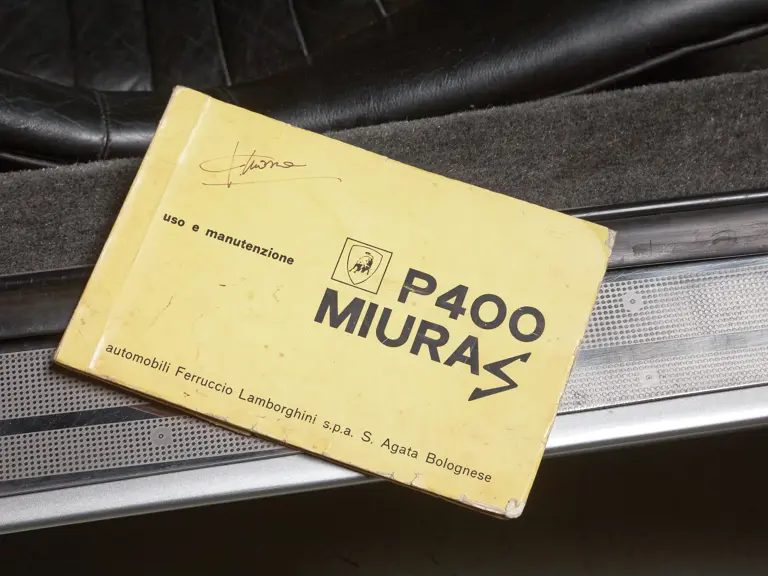

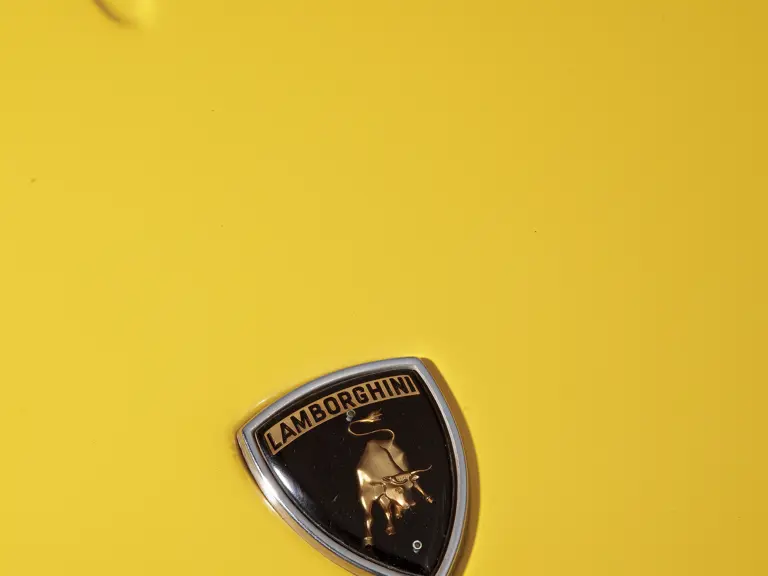
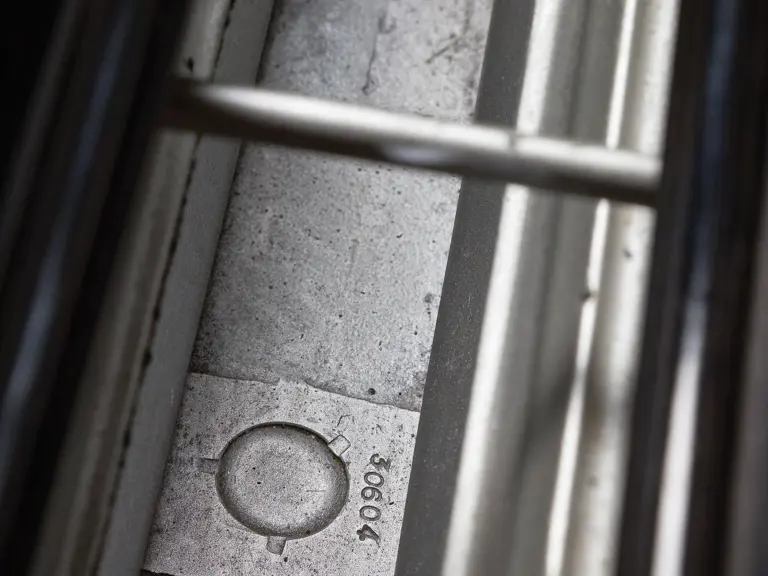
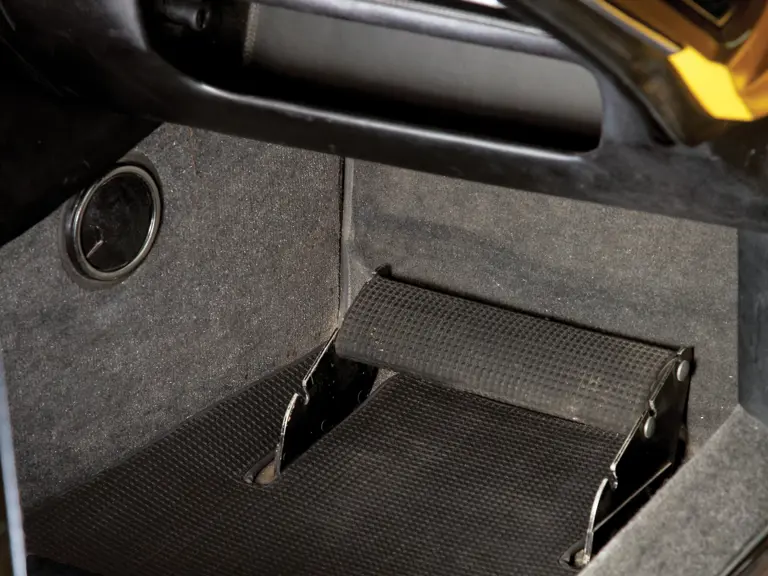
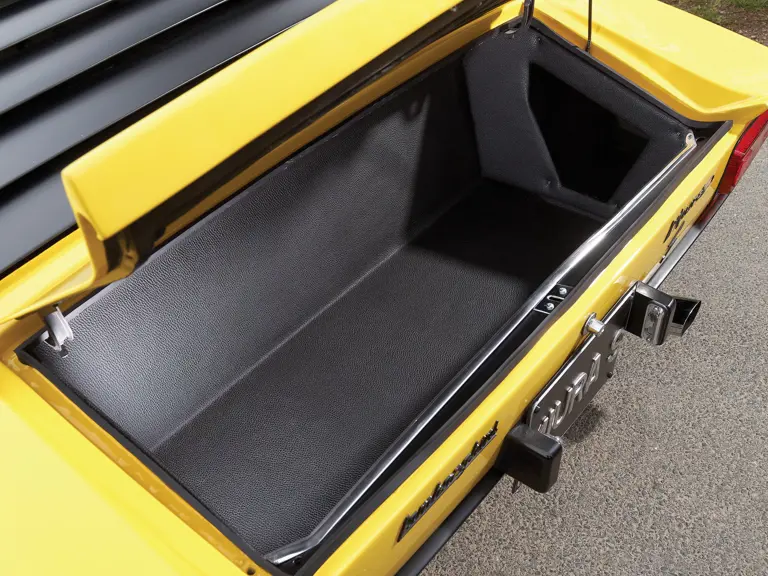
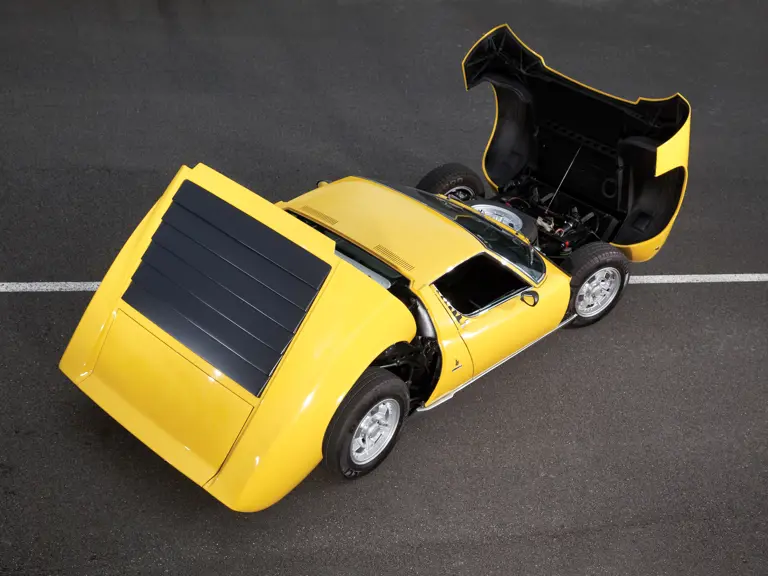
 | Cernobbio, Italy
| Cernobbio, Italy

